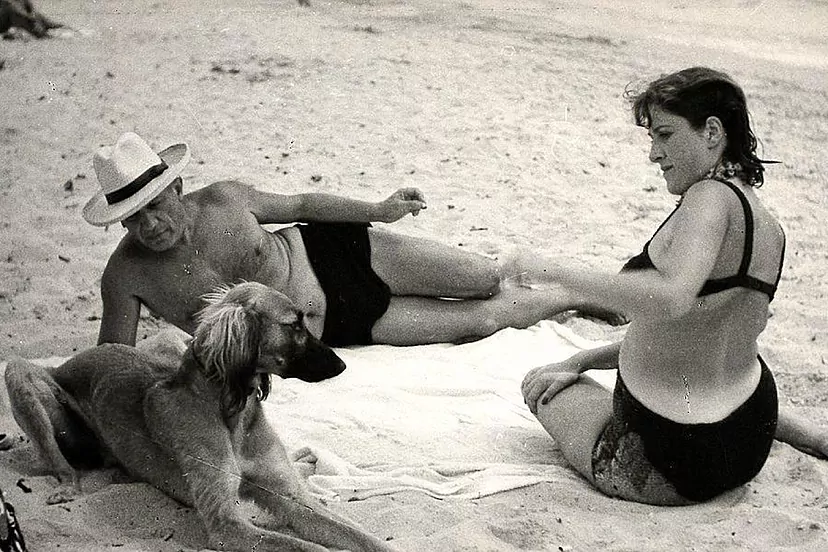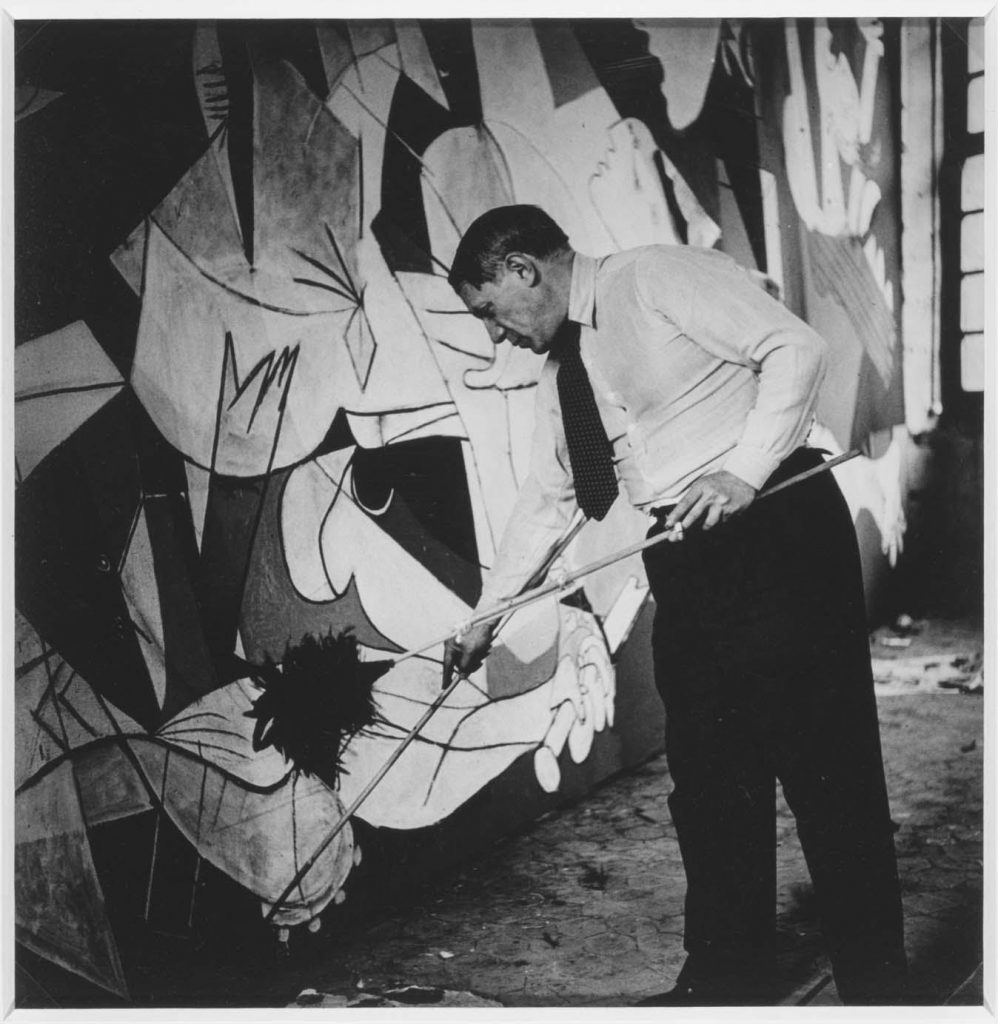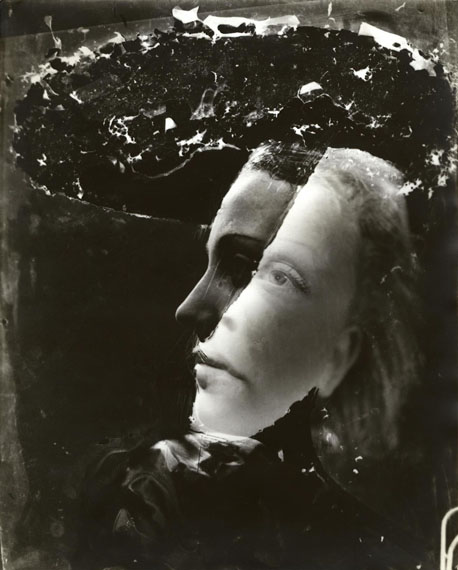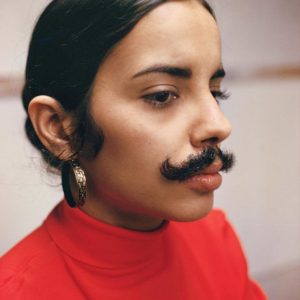
The commencement of Dora Maar’s relationship with Pablo Picasso in 1936 is often regarded as a critical juncture that not only altered her personal life but also signified the culmination of her burgeoning artistic career.

During this period, Maar, a young and highly talented photographer, was establishing herself as a rising star within Surrealist circles. Notably, her photograph “Père Ubu” (1936) had become an emblematic representation of the Surrealist movement after its exhibition at the prestigious International Surrealist Exhibition in London.

However, under the sway of Picasso, an older and celebrated artist, Maar gradually abandoned her pursuits in photography, a medium Picasso perceived as inferior. His famous assertion, “inside every photographer is a painter trying to get out,” seemed to guide Maar’s artistic transition towards painting. The formidable shadow cast by Picasso’s stature in art history inevitably eclipsed Maar’s individual narrative. For an extended period, she was primarily remembered as the muse behind Picasso’s renowned “Weeping Women” series. It wasn’t until her passing in 1997 that art historians could delve comprehensively into Maar’s extensive body of work. Following her separation from Picasso in 1946, Maar began a gradual withdrawal from public life, resulting in her fading into relative obscurity by the time of her death.

Contrasting starkly with her later years of seclusion, Maar’s early days in Paris presented a different portrait of the artist. Born to a French mother and a Croatian-born architect father, she experienced a nomadic upbringing, shuttling between Paris and Buenos Aires. In 1926, at the age of 19, Maar’s family settled in the French capital. There, she immersed herself in serious art studies, attending André Lhote’s atelier alongside luminaries like Henri Cartier-Bresson. She also enrolled in institutions such as the École de Photographie de la Ville de Paris, the Union Centrale des Arts Décoratifs, and the Académie Julian. Although initially dividing her focus between painting and photography, Maar decisively dedicated herself to the latter by the 1930s.
The narrative of Dora Maar, shaped by the complexities of her relationship with Picasso and the subsequent overshadowing of her own artistic contributions, is a fascinating tale of a woman caught between personal influences and artistic pursuits.


